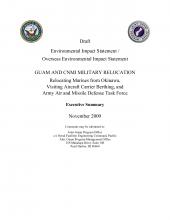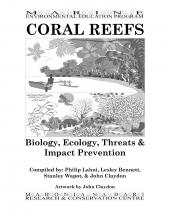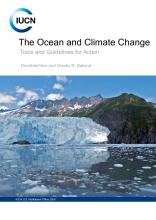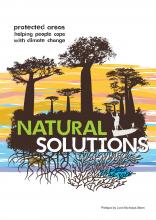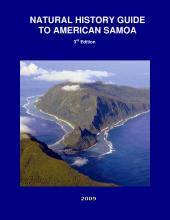Divergent paths: the ontology, epistemology, and pragmatics of community-based conservation in locally-managed marine reserves, Fiji

Island and Ocean Ecosystems
Available Online
It is late in the evening in the Tavua district, Fiji. We are sitting around a Tanoa1 bowl and kava2 is being distributed around a small group of men; some farmers, some fishers and one priest. Kittune Ratuba or Kiti, as he is known, passes me a bowl. As I clap before taking it to drink, Kiti tells me; we protect the fish in our MPA by patrolling in a metal boat. When we catch poachers we fine them and take their fish. Once the brown, bitter liquid of the Cassava root passes my lips I clap again, twice. As the bowl moves on around the circle of men, Kiti continues on his role as the head fish warden for his i qoliqoli3 ; if they dont pay I take them to the police! Kiti evidently takes the business of conservation very seriously. Once a dynamite fisher himself, an issue which has plagued the Tavua district, Kiti embodies the recent wave of conservation converts with a growing awareness of the need to actively conserve their critical natural resources. Kiti is only one man, but he is integral to the network of community-based conservation projects in the Republic of the Fiji Islands, now known as the Fiji Locally-Managed Marine Area (FLMMA) network.
